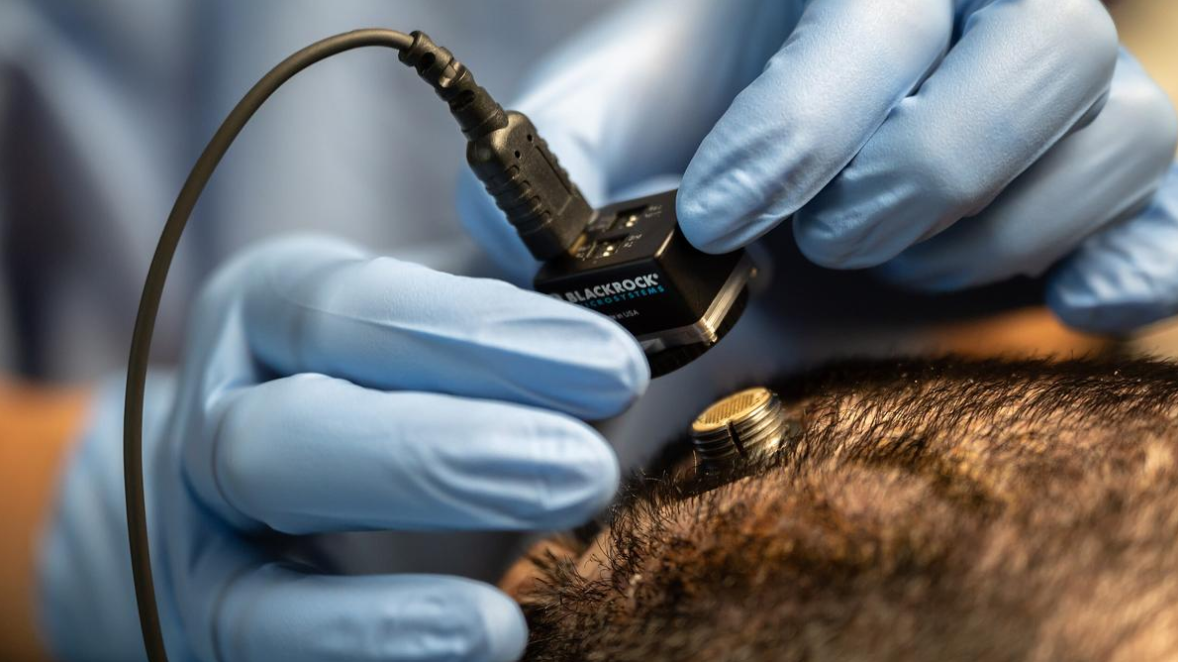



The Camp Hill virus, a henipavirus related to Nipah, was recently identified in shrews in Alabama, marking the first detection in North America. Henipaviruses, known for causing severe respiratory illness and encephalitis, are zoonotic with high fatality rates. There is no specific treatment, only supportive care for symptoms.

Copyright infringement not intended
Picture Courtesy: News18.com
The recent identification of the Camp Hill virus, a henipavirus, in shrews in Alabama, marks the first detection of such a virus in North America.
The Camp Hill virus is a henipavirus related to the Nipah virus. It was discovered in shrews in Alabama, USA, marking the first time the virus has been identified in North America.
Henipaviruses are a group of zoonotic viruses in the Paramyxoviridae family, known for causing serious diseases in both humans and animals.
They are RNA viruses and include well-known viruses like Nipah and Hendra.
Henipavirus outbreaks have been reported in:
These viruses are classified as biosafety level 4 pathogens due to their high fatality rates and lack of effective treatments.
Henipaviruses are deadly because they can cause severe respiratory illness and encephalitis, leading to organ failure.
They are also highly zoonotic, meaning they can easily spread from animals, such as bats, to humans.
The fatality rates of diseases caused by these viruses can reach up to 70% or more.
As shown by the Langya virus in China, henipaviruses can cross from shrews to humans, suggesting that shrew-to-human transmission is possible, though further research is needed.

In humans, the initial symptoms of henipavirus infection include:
As the disease progresses, symptoms may worsen to:
In severe cases, the disease can cause encephalitis (brain inflammation), which can lead to death.
Currently, there is no specific antiviral treatment or vaccine for henipavirus infections. Treatment is supportive, which means it focuses on relieving symptoms and managing complications, such as respiratory distress or neurological damage.
Must Read Articles:
NIPAH VIRUS OUTBREAK HAS BEEN REPORTED IN KERALA
Source:
|
PRACTICE QUESTION Q.Which of the following viruses is closely related to the Camp Hill virus? A. Zika virus Answer: B Explanation: The Camp Hill virus is a henipavirus and is closely related to the Nipah virus, both of which belong to the Paramyxoviridae family. |






© 2025 iasgyan. All right reserved